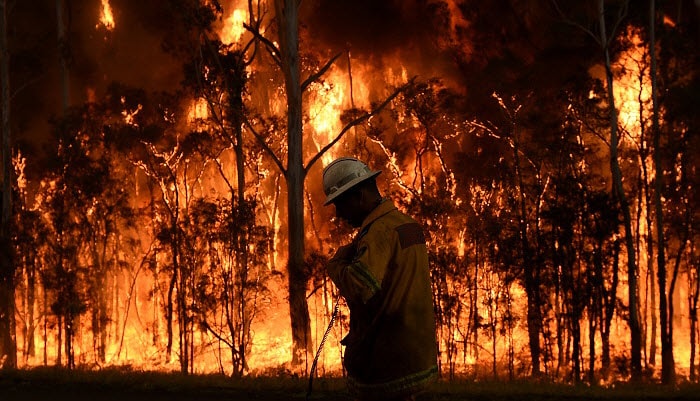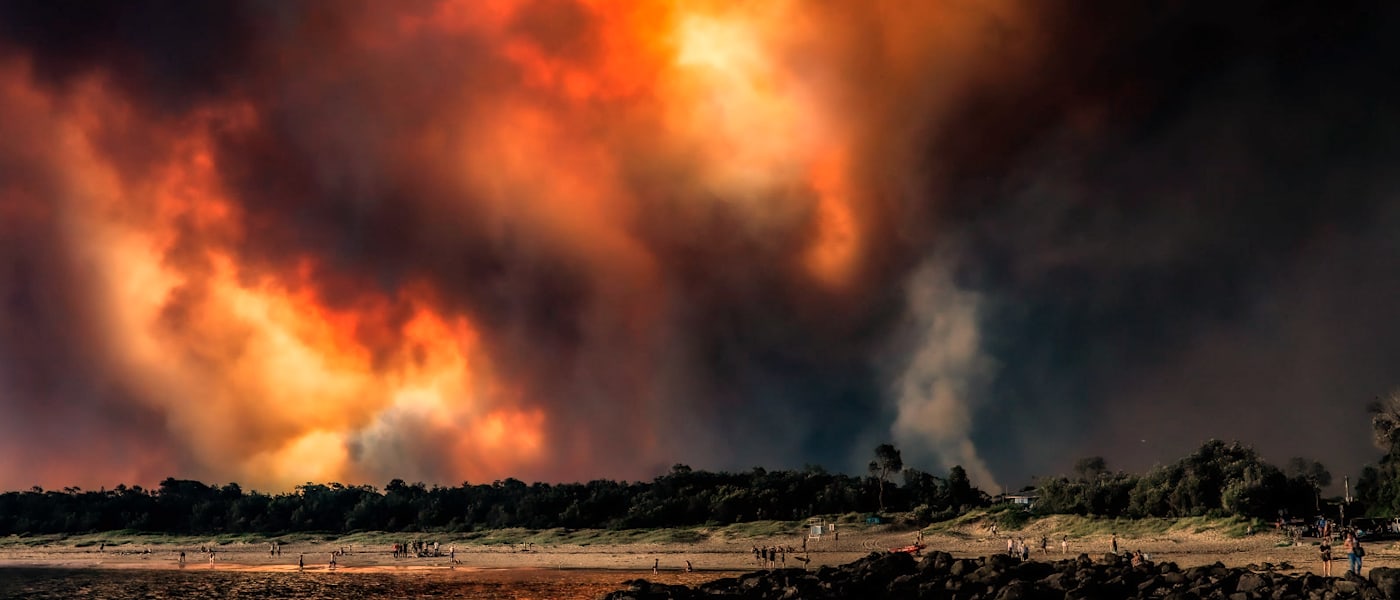Understanding Bushfire Readiness: The Duty of a BAL Assessment in Risk Reduction
Wiki Article
Vital Tips for Bushfire Monitoring to Ensure Fire Security

Understanding Bushfire Threat Degrees
Understanding the varying degrees of bushfire risk is important for effective preparation and preparation in mitigating possible risks to residential properties and lives. Bushfire risk degrees are usually categorized based upon elements such as climate problems, gas accessibility, topography, and historical fire actions. By comprehending these danger people, communities and degrees can proactively carry out strategies to lower susceptability and enhance durability in the face of possible bushfire occasions.The initial level of bushfire threat is reduced risk, where the probability of a bushfire occurring and triggering considerable damage is marginal. High-risk degrees indicate a significant risk, with conditions helpful to quick fire spread and extreme fire behavior.
Understanding these bushfire threat degrees makes it possible for stakeholders to customize their preparedness and response activities appropriately, guaranteeing a proactive and reliable approach to bushfire monitoring.
Establishing a Defensible Space
Reliable bushfire administration begins with establishing a defensible room around residential properties to improve protection versus potential fire threats. A defensible room is a barrier area that produces an obstacle in between a framework and the bordering combustible plant life. This room serves as a critical line of protection, giving firemans a risk-free area to operate and aiding to lower the danger of a fire spreading out to the property.When creating a defensible room, it is necessary to think about the layout of the residential property and the surrounding landscape. Cleaning plant life, particularly very flammable plants, within a particular span of the property can assist stop the rapid spread of fires. Furthermore, maintaining a well-irrigated zone around the building can further improve its defensibility.
Routine upkeep of the defensible room is vital to guarantee its performance. This includes cutting looming branches, removing dead plant life, and maintaining the area without particles. By spending time and initiative into developing and preserving a defensible area, homeowner can dramatically improve their opportunities of protecting their homes and assets during a bushfire.
Executing Fireproof Landscape Design
When making landscapes to alleviate the risk of bushfires, incorporating fireproof aspects is necessary for improving building security and decreasing fire risks. Select plants with high moisture content, reduced oil material, and minimal dead vegetation to lower the threat of fire spread.
Producing an Emergency Situation Evacuation Strategy
Developing a comprehensive emergency situation discharge plan is crucial for ensuring the safety and security and well-being of individuals throughout potential bushfire occurrences (Bushfire Management Plan). A reliable evacuation strategy should detail clear treatments to follow in the occasion of a bushfire threat, including assigned evacuation paths, setting up points, and interaction protocolsTo start developing an emergency situation discharge plan, it is vital to analyze the particular dangers and susceptabilities of your area. Identify several discharge routes that cause risk-free locations away from the fire, thinking about elements such as terrain, roadway accessibility, and potential risks. Develop interaction networks to sharp homeowners of an impending discharge, making use of approaches such as alarms, message informs, or door-to-door notices.
Regularly review and practice the discharge strategy with all homeowners or area participants to make sure everybody comprehends their obligations and functions. Conduct drills to evaluate the efficiency of the plan and make any required modifications. By having a well-prepared emptying plan in area, you can enhance the chances of a orderly and risk-free discharge during a bushfire emergency situation.
Keeping Fire Safety Equipment
After developing a thorough emergency situation discharge strategy for bushfire occurrences, it is important to prioritize the regular maintenance of fire safety equipment to make certain optimal capability and preparedness. Regular maintenance of fire safety and security equipment such as fire extinguishers, smoke detectors, smoke alarm, and lawn sprinkler systems is important in guarding lives and home throughout a bushfire. Performing routine inspections, screening, and servicing of these gadgets by certified specialists is vital to guarantee they remain in working order when required.Fire extinguishers ought to be examined consistently for pressure levels, noticeable damage, and appropriate functionality. By carefully keeping fire safety and security devices, individuals can boost their preparedness and reaction capacities in the event of a check that bushfire.
Verdict
In conclusion, effective bushfire management entails recognizing danger levels, developing defensible rooms, applying fire-resistant landscaping, creating emptying plans, and maintaining fire safety and security devices. By following these essential pointers, individuals can ensure far better fire security and safety and security for their neighborhoods and residential properties. It is essential to prioritize aggressive procedures to reduce the risks connected with bushfires and to be planned for emergencies.By understanding the subtleties of bushfire threat degrees, developing defensible rooms, executing fireproof landscaping, developing comprehensive emptying strategies, and making certain the upkeep of fire safety and security equipment, neighborhoods and people can substantially bolster their durability versus the devastations of wildfires - BAL Assessment. These ideas are not just essential for guarding versus immediate fire dangers but likewise for cultivating lasting fire protection methods that can make a significant distinction in the face of intensifying bushfire hazards
High-risk degrees signify a substantial threat, with conditions favorable to fast fire spread and severe fire actions. Normal maintenance of fire safety devices such as fire extinguishers, smoke detectors, fire alarm systems, and lawn news sprinkler systems is important in guarding lives and building throughout a bushfire.In verdict, effective bushfire management involves comprehending danger levels, developing defensible rooms, implementing fire-resistant landscape design, creating evacuation plans, and preserving fire safety and security tools.
Report this wiki page